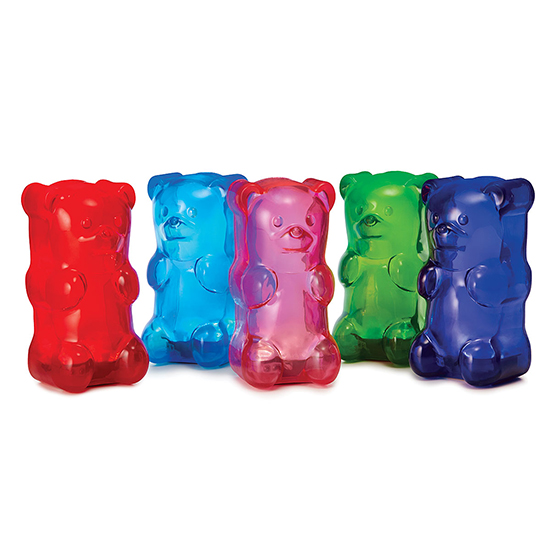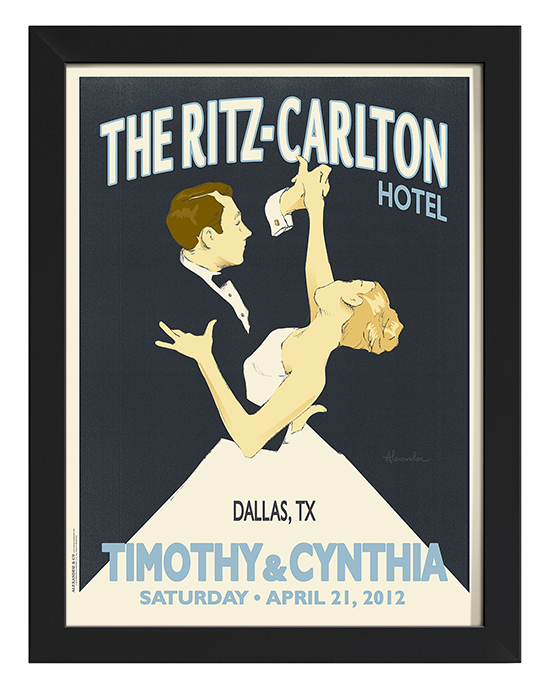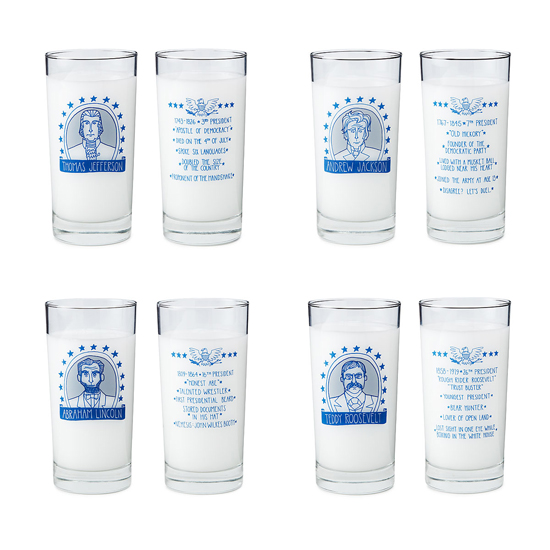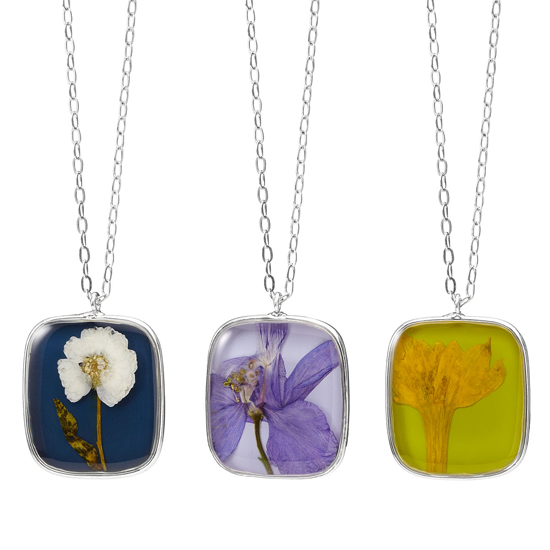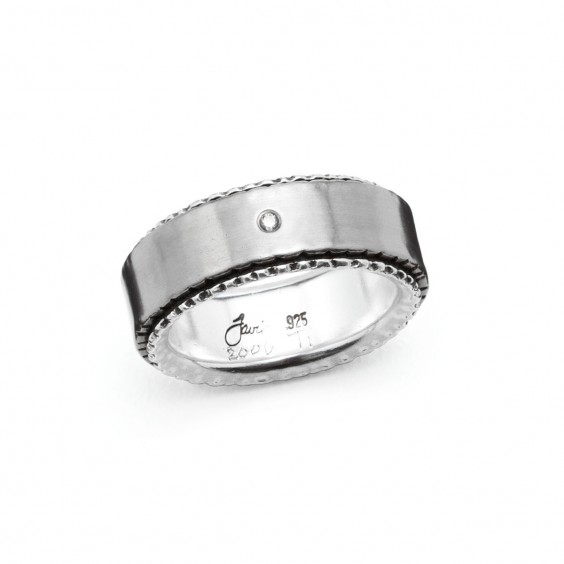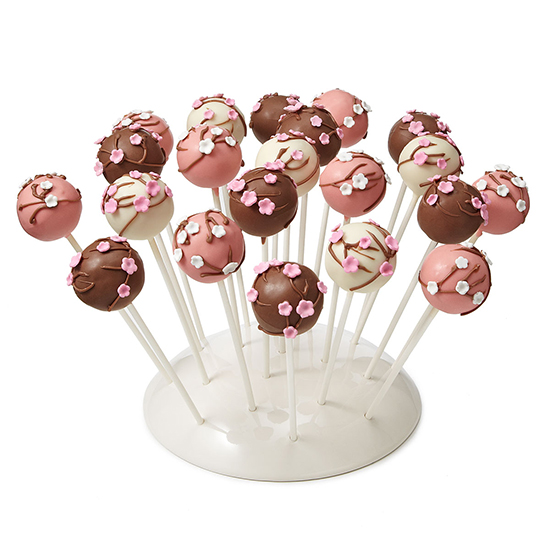 Those hilarious videos you’ve seen online, where hapless newlyweds accidentally topple their towering wedding cakes, are actually right in line with a centuries-old tradition. Before wedding cakes as we know them were developed, a tradition in medieval England was to celebrate a marriage with a towering pile of sweetened buns. The bread was heaped high on the table, and if the couple could reach across for a kiss without knocking any over, they were said to be guaranteed a life of happiness together. It seems likely that the guests would leave the stack just short enough for the bride and groom to succeed—and yet, the entertainment value of seeing it fall must have been a sore temptation. So, perhaps all of these collapsing confections in the videos are not accidents, but exactly what the wedding cake was originally designed to do.
Those hilarious videos you’ve seen online, where hapless newlyweds accidentally topple their towering wedding cakes, are actually right in line with a centuries-old tradition. Before wedding cakes as we know them were developed, a tradition in medieval England was to celebrate a marriage with a towering pile of sweetened buns. The bread was heaped high on the table, and if the couple could reach across for a kiss without knocking any over, they were said to be guaranteed a life of happiness together. It seems likely that the guests would leave the stack just short enough for the bride and groom to succeed—and yet, the entertainment value of seeing it fall must have been a sore temptation. So, perhaps all of these collapsing confections in the videos are not accidents, but exactly what the wedding cake was originally designed to do.
For more great wedding tips and advice, visit Wedding Week on our blog!

